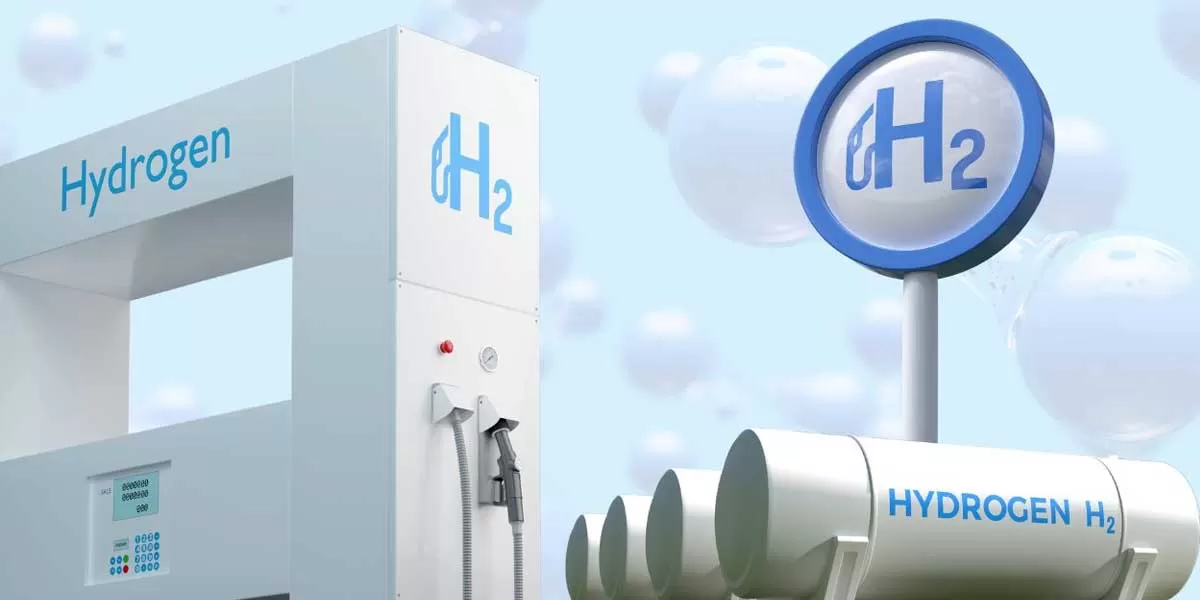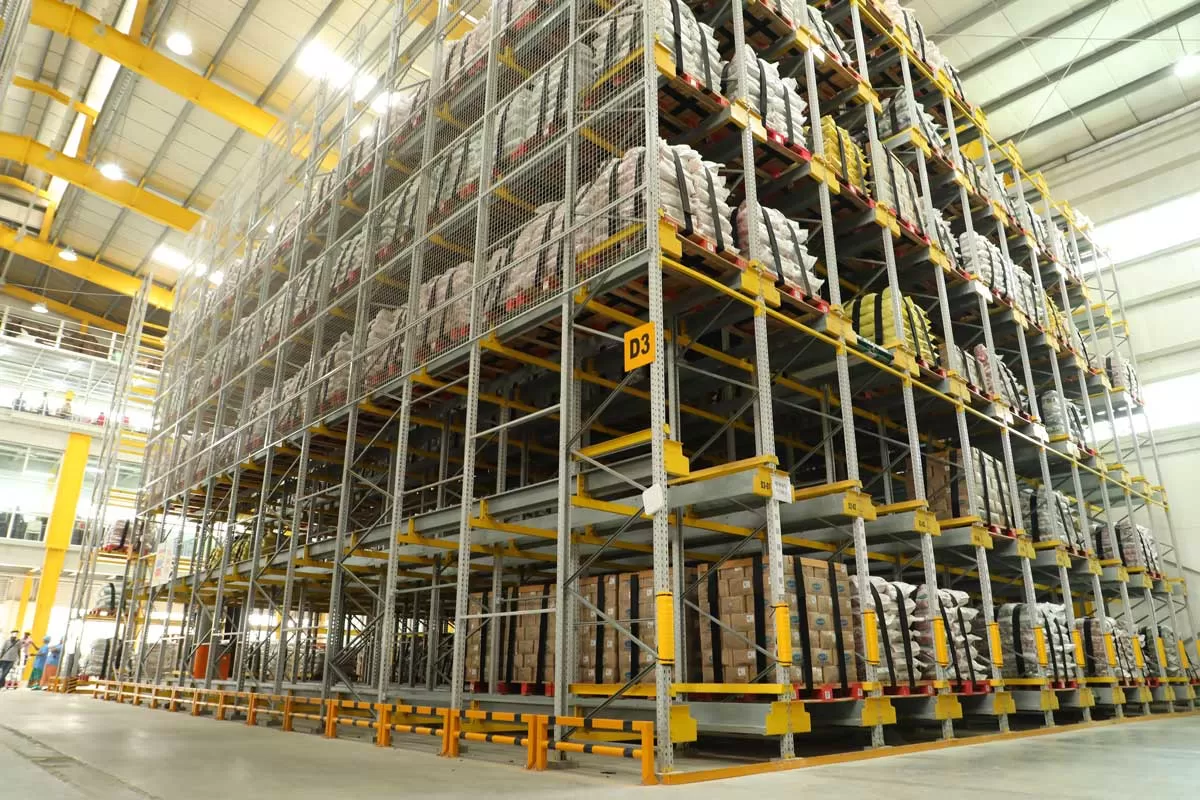
India's Green Hydrogen Plan: Biomass Conversion

Suba Group Opens Clarion Hotel De Renees in Gangtok
Suba Group of Hotels has officially opened the doors to its newest property, Clarion Hotel De Renees Gangtok, marking a significant milestone in the brand’s expansion in Northeast India. Inaugurated by Tshering Thendup Bhutia, Minister of Tourism, Civil Aviation, Commerce and Industries for the State of Sikkim, the hotel is strategically located in Lower Sichey, offering seamless access to the heart of Gangtok.The launch of Clarion Hotel De Renees adds to Suba Hotels’ growing presence in India’s premium hospitality sector. With 38 upscale rooms, the hotel blends refined aesthetics with c..

Storage Solutions Business of Godrej to Support India’s Quick Commerce Growth
The Storage Solutions Business of Godrej Enterprises Group is strengthening its capabilities to support the exponential rise in demand from India’s fast-paced quick commerce sector, in addition to its strong presence across e-commerce, retail, and third-party logistics (3PL). As India's warehousing landscape evolves, Godrej Enterprises Group is empowering businesses with intelligent, tech-integrated solutions that are faster, more adaptive, and built for the future.Vikas Choudaha, Business Head, Storage Solutions Business of Godrej Enterprises Group, said “With over 10 million sq ft of mot..

Brigade Group Inks JDA for First Plotted Development in East Bengaluru
Brigade Group has signed a joint development agreement (JDA) for a plotted development project in Malur, East Bengaluru. Spanning approximately 20 acre, the project has a gross development value (GDV) of approximately Rs 1.75 billion and a total development potential of 0.45 million sq ft.Commenting on the development, Pavitra Shankar, Managing Director, Brigade Enterprises Limited, said: “We continue to identify high-potential land parcels that align with our long-term vision of creating well-planned communities with a focus on quality, sustainability, and innovation. Malur, with its strate..














